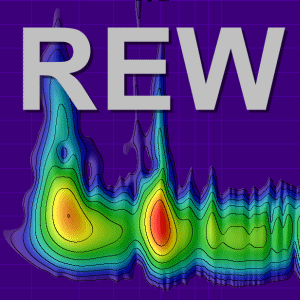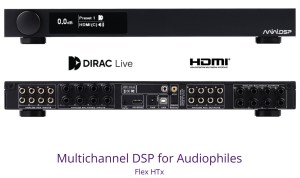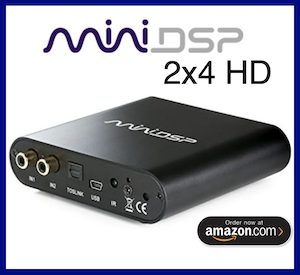Hi All,
I am wondering if it is possible to use two UMIK-1 mics with REW and a PC to speed up measurements?
I know that there is licensed multi-mic version, which is not really meant for multi Umik-1 config but I wonder if I could have two of them in two different positions in the room and just select which one to use for each sweep? That would speed up the process for me immensely.
Thanks
I am wondering if it is possible to use two UMIK-1 mics with REW and a PC to speed up measurements?
I know that there is licensed multi-mic version, which is not really meant for multi Umik-1 config but I wonder if I could have two of them in two different positions in the room and just select which one to use for each sweep? That would speed up the process for me immensely.
Thanks













